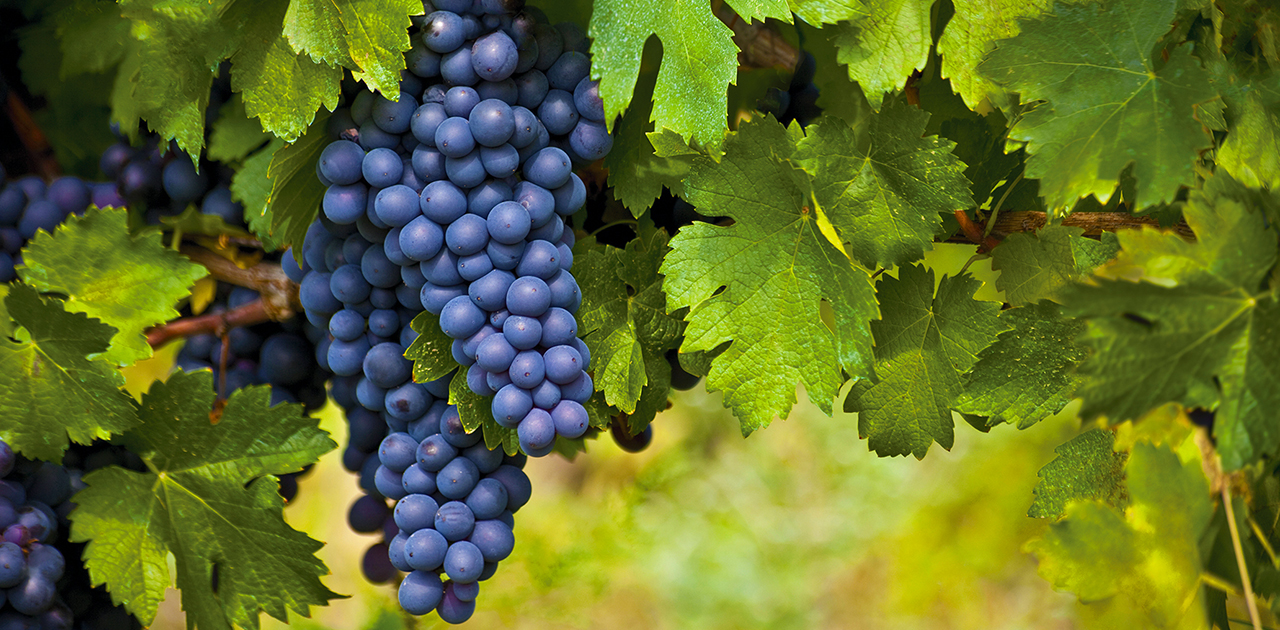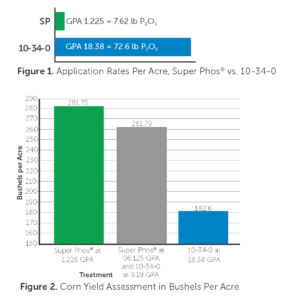By Nick Cardona

Fast forward to 2017 and farmers and growers in California are facing the opposite extreme. Record-breaking storms pummeled California, dropping record amounts of rain in the valleys and snow in the mountains. These storms caused reservoirs to fill above capacity and rivers to run over their banks. This flooding has caused massive amounts of standing water in fields, orchards, and vineyards throughout central and northern California. While farmers and growers are thankful for the water, there can be too much of a good thing.
Standing water can very quickly become stagnant due to a lack of flow. This causes the oxygen levels in the water and submerged soil to drop and the water temperature to rise. Standing water can quickly cause root damage to many trees and make them more susceptible to infection and fungus pathogens.
As a result of the flooding and standing water issue, California recently approved emergency applications of fungicides in an effort to combat the potential damage to the trees and orchards. More information about the emergency application can be found here.
The emergency fungicide approval is a big win for many growers in a highly regulated part of the country. The California Department of Pesticide Regulation (CADPR) regulates all applications of pesticides and fungicides in the state and must approve all applications. The current approval does have some limitations and it does not apply to all growers.
The emergency application applies only to orchards with standing water in Butte, Colusa, Glenn, Merced, San Joaquin, Stanislaus, Sutter, Tehama, Yolo, and Yuba Counties. The orchards must also be flooded with standing water that will not flow out of the area and into waterways where it may affect fish or wildlife. Growers may also only use approved products and must follow label directions for applications.
One set of growers affected by the flooding has been left out and not included in the emergency application. Vineyards in the area also have issues with standing water, and the grapes are similarly vulnerable to diseases caused by the excess water. The standing water can weaken the vines and make the grapes more prone to developing powdery mildew or root rot as a result.
It is important that growers who are not able to take advantage of the emergency application take steps to lessen the impact of the standing water. Pumping the water off site is an option, but it can be very costly and may not completely solve the issue as the soil may still be waterlogged and the lack of oxygen in the soil can still cause the roots to die. The waterlogged ground is also more prone to developing soil-borne diseases.
If you are one of the many growers who is not included in the emergency application and are searching for help, Huma Gro® has your solution. Huma Gro® offers Promax®, an organic, OMRI-listed, and EPA-exempt soil fungicide that can be applied anywhere as needed without the restrictions of the CADPR. Promax® works with all crops and has been proven effective on a wide variety of soil-borne diseases including, but not limited to, root rot, crown rot, grey mold, and damping off. For more information on Promax®, click here.
Related Posts

Huma Gro® Super Phos® on Corn 15x More Efficient than Conventional Phosphorus (10-34-0)
This field trial assessed the Phosphorus (P) efficacy of Huma Gro® Super Phos® on corn yield in comparison with the standard 10-34-0. Huma Gro® Super Phos® at 1.225 GPA increased corn yield by 99.15 bu/ac in comparison with 10-34-0 at 18.38 GPA. This demonstrates Super Phos® to be 15 times more efficient than 10-34-0 at delivering...

California Rescues Orchards, But Leaves Vineyards Holding the Vine
By Nick Cardona Feast or famine. There doesn’t seem to be any in-between for many California growers. For the past 6 years, northern and central California have been experiencing severe drought conditions. The drought had become so extreme that the government began regulating the water available to farmers and growers throughout the state. These regulations...

BHN 2018 World Conference
The biannual Bio Huma Netics, Inc. (BHN), World Conference was held November 6–9, 2018, at the DoubleTree by Hilton Conference Center in Gilbert, Arizona. The BHN World Conference was attended by 72 Huma Gro®, Huma Gro® Turf, and Probiotic Solutions® product distributors and users representing 18 countries. Conference attendees were welcomed by BHN President and...

